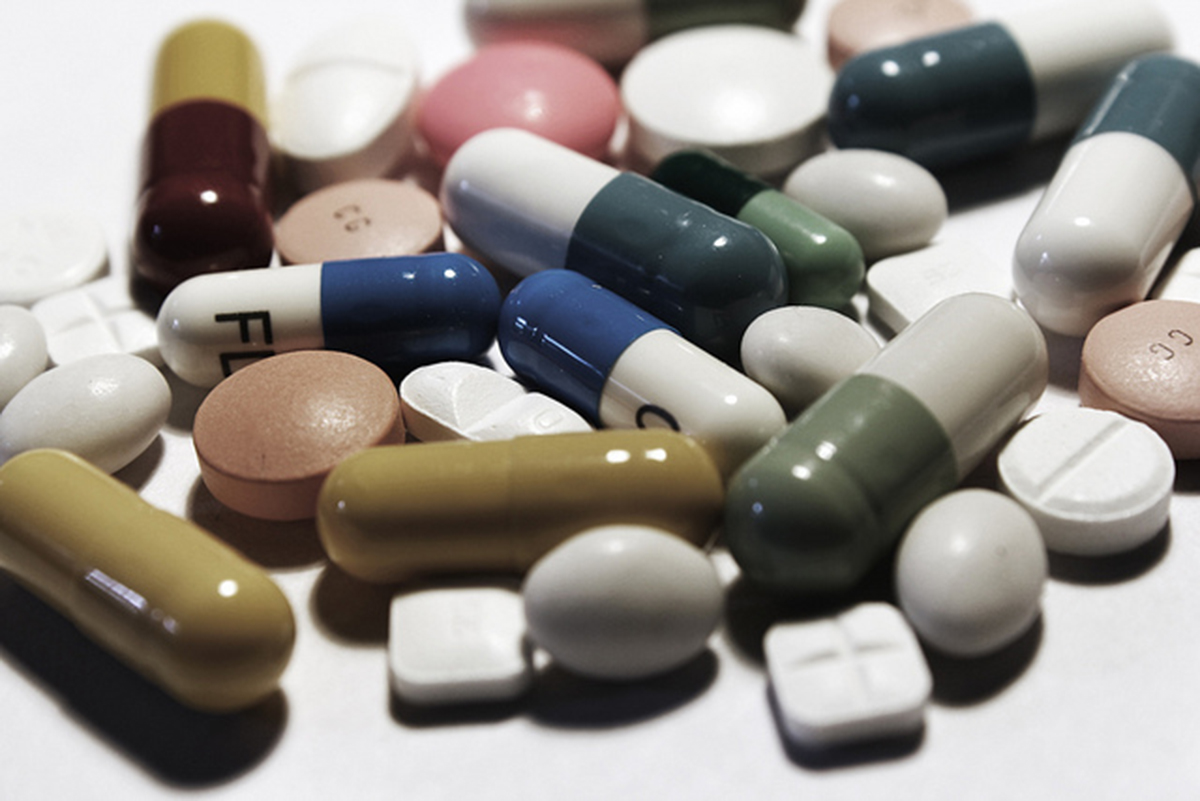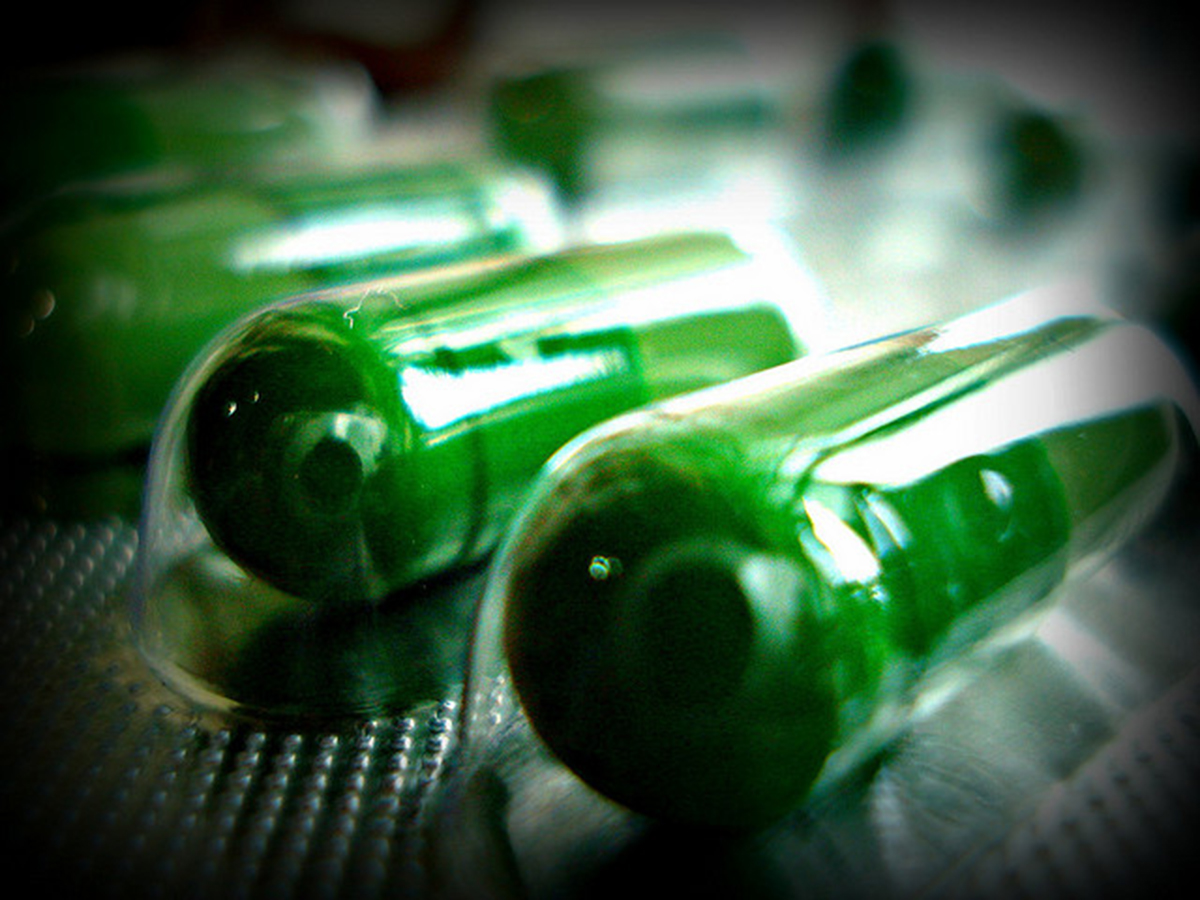The term "post-antibiotic world" has been thrown around rather a lot lately — just as the discovery of antibiotics was one of the greatest advances humans ever made, the increasing presence of antibiotic-resistant micro-organisms is one of the greatest threats to human life. When we talk about a post-antibiotic world, we imagine an Earth where all antibiotics are ineffective at all times, but experiencing an apocalypse of sorts, one in which thousands of additional people die from infections each year, doesn't even take that wide of a scale of disaster.

How would a situation in which prophylactic antibiotics administered to people undergoing routine operations were just 30 percent less effective affect people? A new study found out.
What Causes Antibiotic Resistance?
Before the revolutionary appearance of a whole class of drugs that could effectively fight bacteria, fungi and protozoa, millions of people the world over died from common ailments and injuries such as cystitis, pneumonia, meningitis, tick bites, cuts and scrapes, cat scratches, tuberculosis, and infections after childbirth. Penicillin, the first antibiotic, was discovered in 1928. Since it became widely available in the 1940s, we've all come to rely on antibiotics — we've taken them for granted, overused them, and used them for illnesses that don't respond to antibiotics at all, such as viruses. We've enjoyed living in an era where all kinds of things were possible.
Well over a hundred different antibiotics exist today, but they come from only a few main classes, and no new classes have been discovered for far too long. More and more of our antibiotics are becoming less effective, meanwhile: though nearly all strains of Staphylococcus aureus responded to penicillin when it first came out, 90 percent of all strains are now resistant not just to penicillin, but to other antibiotics as well. These bacteria are responsible for everything from skin infections to pneumonia and ear infections, and we're now becoming unable to fight them.
What changed? Not the antibiotics, but the bacteria they were designed to fight. Bacteria, some of the hardiest creatures on Earth, are subject to Darwin's theory of natural selection just like the rest of us. And bacteria don't just pass on their genes through reproduction: they can also shed their antibiotic-resistant DNA strands when they perish, and share them among the general bacterial population while still alive. Some bacteria actually destroy antibiotics, while others simply keep them at bay. What causes this? The overuse and misuse of antibiotics in medicine and agriculture are responsible — or to put it differently, we humans were brilliant when we discovered antibiotics, but not so brilliant when we started putting them to use, confident that the era in which common infections could kill was in the past.
READ Natural Antibiotics: Foods that Work as Antibiotics
What Can We Do To Stop Antibiotic Resistance?
On an individual level, the World Health Organization asks you to refrain from using antibiotics for viral infections, for which they aren't effective. If you have a flu, cold, or a sore throat, don't take matters into your own hands by using antibiotics, and ask your doctor for treatments that will actually work if they suggest a course of antibiotics. Don't ever take antibiotics without a prescription, but if you are prescribed antibiotics by your doctor, make sure to take them exactly as directed, finishing the whole course even if you already feel better. When you use antibiotics for ailments that don't respond to them, you reduce their efficacy, rendering you more vulnerable to bacteria when you do need antibiotics.
Will You Die From An Infection Next Time You Have An Operation?
Though, as the World Health Organization says, there are indeed steps individuals can take towards preventing a post-antibiotic world, it's important to keep in mind that refraining from the incorrect use of antibiotics yourself doesn't keep you safe from antibiotic-resistant micro-organisms. You may not have encountered antibiotic-resistant bacteria before, but those bacteria know all about the antibiotics available, and won't respond to them even if you've never taken antibiotics before in your life.

One way in which antibiotic resistance can affect you personally is reduced protection from infections if you have surgery, ranging from an operation to remove a tumor, to an appendectomy, a cesarean section, or even a prostate biopsy. Whenever the body is opened up for surgery, it's vulnerable to bacteria. Prophylactic antibiotics — what military experts might call a "pre-emptive strike" — are a key part of safe surgical procedures today. Will it stay that way?
A new meta-analysis published in The Lancet Infectious Diseases and conducted by scientists from the Center for Disease Dynamics, Economics, and Policy set out to examine just what will happen if prophylactic antibiotics become less effective. They looked both at the number of infection-related deaths and the efficacy of prophylactic antibiotics administered to patients who undergo routine surgical procedures.
READ Antibiotics & Alcohol: The Truth And Myths
The researches created a projection that shows how many more infections would occur if prophylactic antibiotics would become 30, 70, and 100 percent less effective respectively. The results? Shocking, but not surprising. Should prophylactic antibiotics become just 30 percent less effective, the research team estimates 120,000 additional infection cases a year, 6,300 of which would be fatal.
What are the most common surgical procedures? We're talking colorectal surgery, cesarean sections, hysterectomy, transrectal prostate biopsy, spinal surgery, surgical abortion, appendectomy, total hip replacements, the implantation of pacemakers, surgery for hip fractures, and chemotherapy for cancer.
The study's authors warn: "Our estimates suggest that currently recommended antibiotic prophylactic regimens might have insufficient activity against the most commonly reported pathogens that cause infections after surgeries and cancer chemotherapy. This very high proportion of resistant pathogens might be partly explained by the disproportionate effect of prophylactic antibiotics on susceptible pathogens, leaving a residual subset of resistant pathogens, or by the emergence of resistant pathogens replacing a proportion of susceptible pathogens."
Before antibiotics were discovered, infections were the prime cause of mortality. If we don't want to be heading that way again, we need to take action — now. We desperately need new classes of antibiotics, and we need to reassess the way in which we use those we already have, pronto.
- Photo courtesy of tacitrequiem: www.flickr.com/photos/tacitrequiem/2918675702/
- Photo courtesy of emagineart: www.flickr.com/photos/emagineart/4741451457/


Your thoughts on this